Tungsten Disulfide for Electrode Materials of Supercapacitor
- Details
- Category: Tungsten Information
- Published on Monday, 05 September 2022 22:48
- Hits: 1095

Recently, researchers demonstrated a specific capacitance of 398.5 F.g-1 for sheet tungsten disulfide anode materials. However, the performance of these materials remains unsatisfactory. Encouragingly, Nagaraju et al. synthesized WS2 nanoparticles used as supercapacitor electrode materials, which provided a high capacitance value of 1439.5 F.g-1 at a current density of 5 mA.cm-2 and maintained excellent cycling stability of 77.4% after 3000 cycles. This result suggests that WS2 can be considered a promising candidate for supercapacitor electrode materials.
Tungsten Disulfide in Applications of Sodium-Ion Batteries
- Details
- Category: Tungsten Information
- Published on Monday, 05 September 2022 22:15
- Hits: 1173

Tungsten disulfide possesses a much larger interlayer spacing of 0.62 nm than that of graphite (0.34 nm). This would be very favorable for the reversible process of Na+ intercalation/de-intercalation, making WS2 a promising anode material for sodium-ion batteries (SIBs). For example, Liu et al. reported WS2 nanowires (NWs) with an expanded interlayer spacing of 0.83 nm.
Low-temperature Sintering Tungsten-nickel-antimony Heavy Alloy
- Details
- Category: Tungsten Information
- Published on Thursday, 01 September 2022 09:55
- Hits: 1184
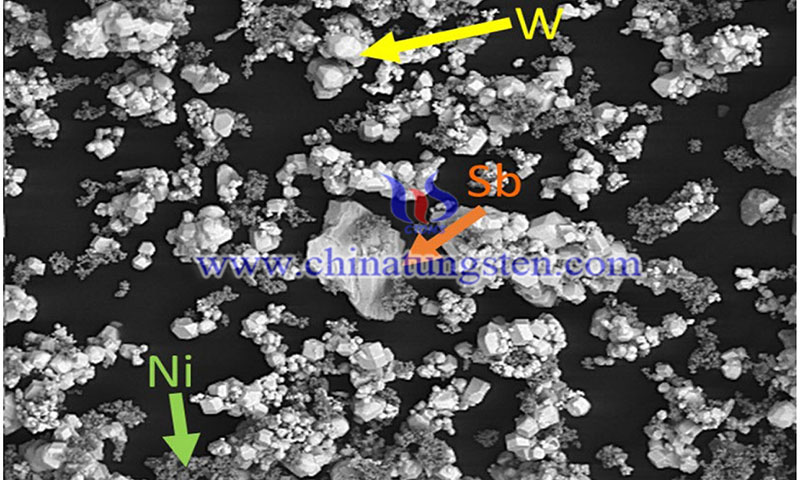
Applications of WS2 Nanomaterials in Batteries
- Details
- Category: Tungsten Information
- Published on Wednesday, 31 August 2022 21:57
- Hits: 1092

As potential high-capacity anode materials for Lithium-ion batteries (LIBs), TMDCs have gained considerable attention, especially WS2 nanomaterials, which exhibit a higher theoretical specific capacity (433 mAh.g-1) than commercial graphite due to the 2D layer structure and the large platelet space. When used as an anode for lithium-ion batteries, WS2 exhibits an increasing lithium storage capacity. For example, Liu et al. prepared an ordered mesoporous WS2 as an anode for LIBs, which showed a high lithium storage capacity of 805 mAh.g-1 at a current of 0.1A.g-1.
Photocatalysis of Tungsten Disulfide
- Details
- Category: Tungsten Information
- Published on Wednesday, 31 August 2022 21:54
- Hits: 1126
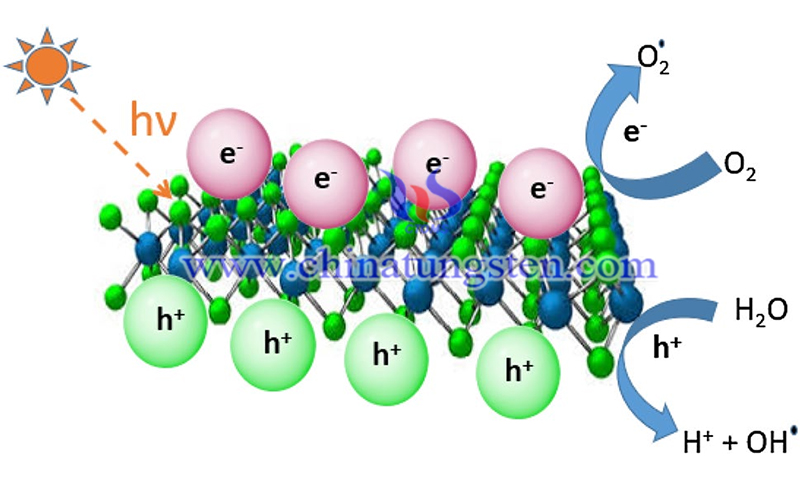
Tungsten disulfide (WS2) is a semiconductor with a band gap, which gives WS2 a wide range of light absorption, and therefore, WS2 can be considered a promising photocatalyst for photocatalysis degradation of organic pollutants and hydrogen production from water decomposition. WS2 extends the light absorption region to the long-wave direction, and through morphological tuning, WS2 can achieve near-infrared photocatalytic activity.
Recent Developments in WS2 Energy Conversion and Storage Systems
- Details
- Category: Tungsten Information
- Published on Monday, 29 August 2022 21:54
- Hits: 1082
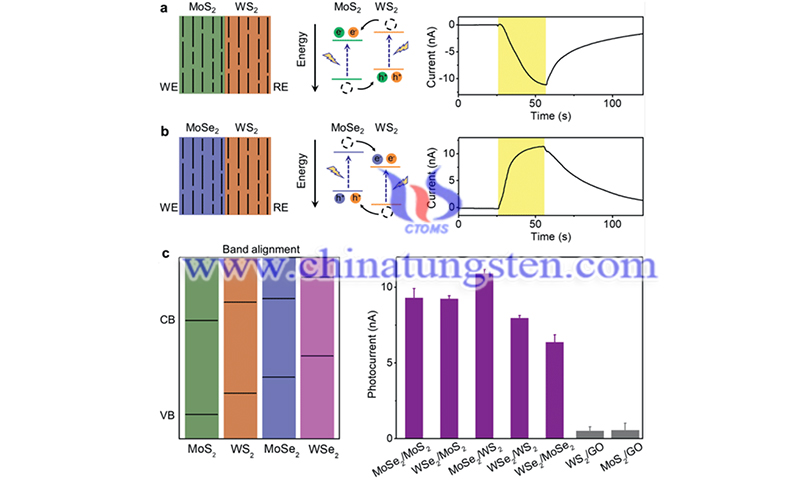
WS2 has attracted much attention due to its unique structural properties and suitable hydrogen binding energy (comparable to platinum group metals). WS2 nanomaterials have been extensively investigated for energy conversion and storage systems.
WS2 Composites
- Details
- Category: Tungsten Information
- Published on Monday, 29 August 2022 21:48
- Hits: 1296
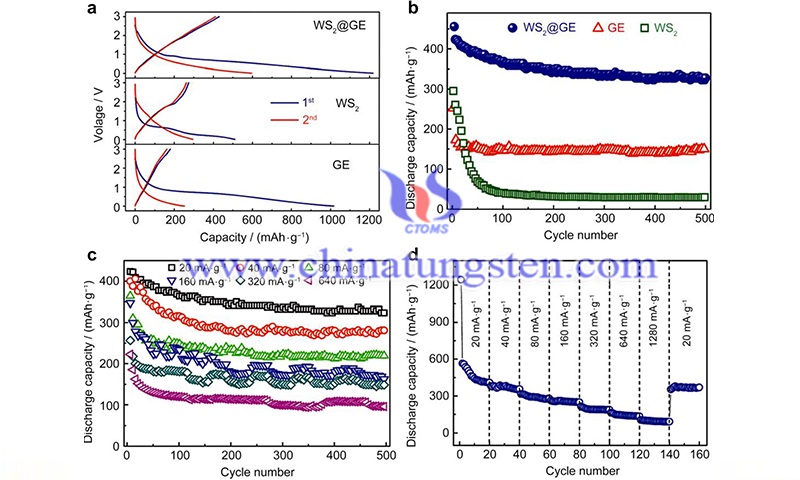
To improve the electrical and catalytic properties of WS2, the synthesis of WS2 composites from other materials with good electrical conductivity is a promising approach. Composites are materials in which one material is the matrix and another material is used as the reinforcement. The various materials complement each other in terms of properties and create a synergistic effect, resulting in an overall performance superior to the original material.
WS2 Hybrid Structures
- Details
- Category: Tungsten Information
- Published on Saturday, 27 August 2022 21:33
- Hits: 1133

In WS2 hybrid structures, atomic doping is one of the effective ways to change the physical and chemical properties of the material, such as band gap and optical properties. For example, Sasaki et al. demonstrated that the exciton absorption peaks at 1.94 and 2.34 eV, respectively, were broadened by Nb doping. This suggests that excitons in WS2 monolayers are sensitive to Nb doping because of the enhancement of the inhomogeneous broadening rate.
IF-WS2 and NT-WS2 of WS2 Nanomaterials and Preparation
- Details
- Category: Tungsten Information
- Published on Saturday, 27 August 2022 21:29
- Hits: 1254

Various forms of WS2 nanomaterials include nanosheets, IF-WS2, NT-WS2, and other forms. Chemical gas-solid reactions are the most well-known and established method for the synthesis of IF WS2 nanoparticles and nanotubes. Tenne et al. initially synthesized IF WS2 nanoparticles and nanotubes using WO3 films and H2S in a reducing atmosphere (95% N2 + 5% H2) at 850 °C. However, only a small amount of products could be synthesized by this method.
Most Common Form of Tungsten Disulfide Nanomaterials: Nanosheets
- Details
- Category: Tungsten Information
- Published on Thursday, 25 August 2022 16:35
- Hits: 1042
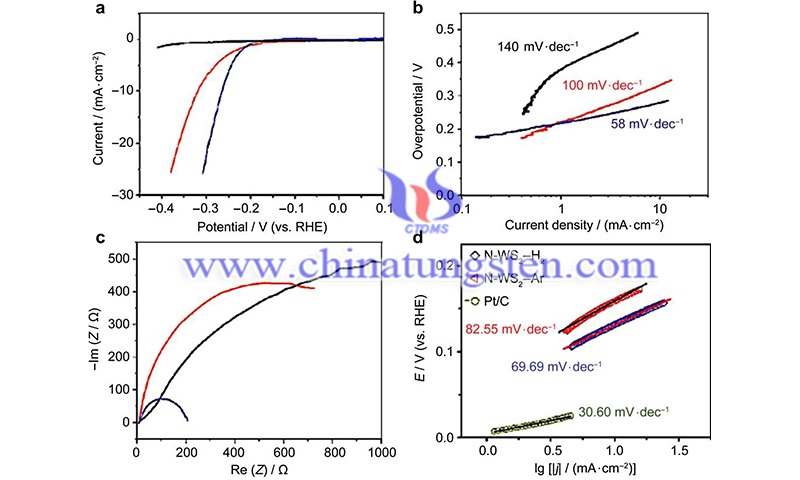
Nanosheets of tungsten disulfide nanomaterials are the most common form, and the main synthetic strategies can be divided into two categories: top-down and bottom-up approaches. Top-down approaches allow the production of small amounts or single-layer samples at a lower cost, which is very beneficial for basic research. Among these top-down methods, mechanical peeling via Scotch tape is the simplest method, with only a few or single layers of WS2 exfoliated via Scotch tape.



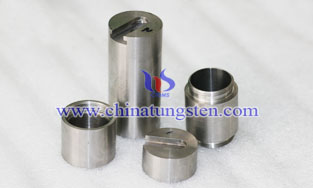


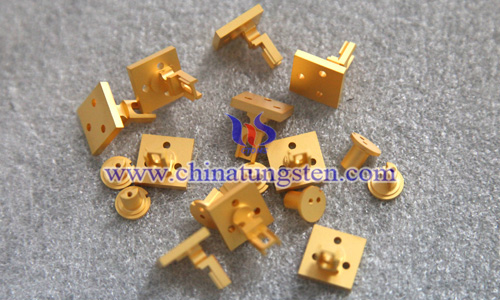
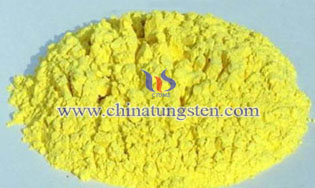
 sales@chinatungsten.com
sales@chinatungsten.com